Top 10 Things about Switzerland You Should Know
Once you get past the stereotypical images of yodeling milkmaids, winding cuckoo clocks, and silky-smooth chocolate, modern Switzerland is all about ... read more...spectacular experiences and travel adventures. Here are the top Things about Switzerland You Should Know for the first time travelers.
-
Spend even a short time in Switzerland and you'll quickly notice that its people are incredibly multilingual. And, while German is the most widely spoken language in Switzerland (just over 60% speak it), don't be surprised if your high school German fails you. The languages spoken by each canton symbolize both Switzerland's geographical and cultural limits, as well as the impact on neighboring countries. Italian is spoken to the south and across the Alps, French to the west. Romansh is primarily spoken in the southwest, in the Canton of Graubünden, where Italian and German are also official languages. The cantons of Valais, Fribourg, and Bern are also legally multilingual, speaking both French and German.
If you're planning a vacation across Switzerland's cantons, don't worry; English is commonly spoken, so you don't need to become a polyglot. Picking up two or three phrasebooks, on the other hand, can undoubtedly aid you along the path.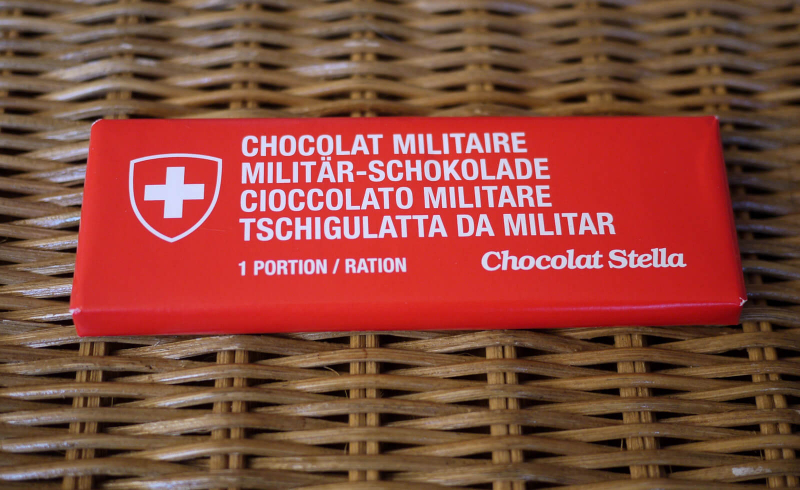
newlyswissed.com 
newlyswissed.com -
Many people associate it with a rich, indulgent treat for a long day on the slopes, but where did the Swiss national dish originate? Its origins are obscure, but modern fondue – derived from the French word fondre, which means "to melt" – was formed out of the need in the 18th century. Alpine winters are lengthy, and peasants with little access to fresh food devised a smart strategy to make do with the little ingredients they had on hand.
They began by melting hard, aged cheese with wine, herbs, and spices, then dipping stale, leftover bread into the mixture. This quickly evolved into the well-known, community supper that we know today. Try the moitié-moitié (half and half), which is prepared with Gruyère and Vacherin Fribourgeois cheese and flavored with Kirsch, a cherry-flavored liqueur. Ask for la religieuse (the nun) at the conclusion of the meal; the burnt cheese is scraped from the bottom of the saucepan (otherwise known as the best bit).

wikimedia.org 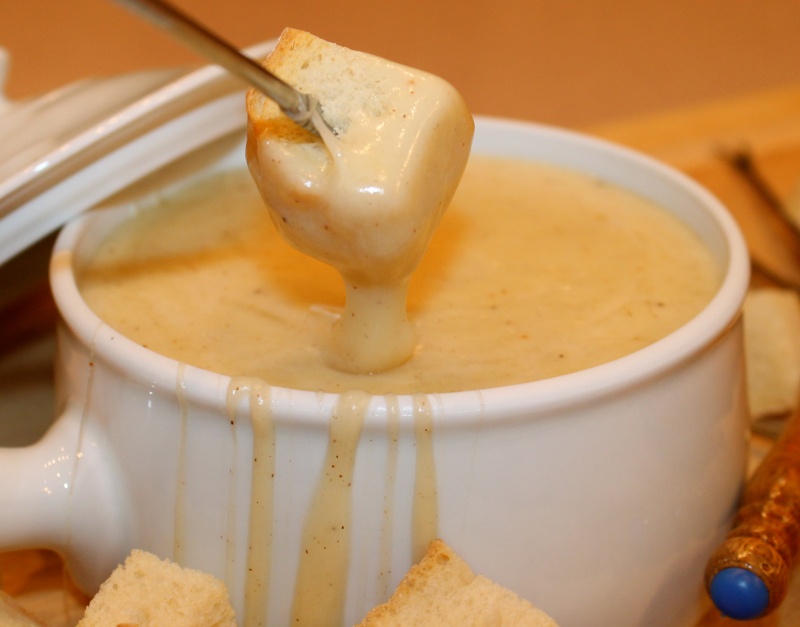
bitchinfrommelanieskitchen.com -
If you're anywhere near the Swiss Alps between mid-September and mid-October, you'll get the opportunity to witness a wonderful end-of-summer ceremony — bringing livestock down from the slopes. The Swiss cow parade is the most well-known cattle parade. Autumn in Switzerland begins with the Swiss cow parade, an annual ritual in which 350,000 cows descend the mountains around the alps. Swiss cows spend the harsh winter months in the valleys after spending the summer high up in the mountains. Farmers and their cows descend from the highlands to join in the festivities. The cows wear floral crowns and the most expensive bells around their necks. The sound of the cowbells is very atmospheric, and the traditional costumes, music, food, and wine will keep you delighted long after the cows have been tucked up for the winter.

pxfuel.com 
passengerdiaries.com -
The Red Cross was founded in 1859 when a young Swiss nobleman named Henri Dunant watched a terrible war in Italy. "Would there not be some means, during a period of peace and quiet, of organizing relief groups whose purpose would be to have the wounded cared for in case of war by enthusiastic, devoted volunteers, well trained for the task?" Dunant wrote upon his return to Geneva.
Dunant, together with five others, founded what is now known as the IFRC (International Federation of Red Cross and Red Crescent Societies), which proudly utilizes the inverse of the Swiss flag as its symbol. Visit the Red Cross Museum in Geneva for a moving look at the humanitarian work they have done — and continue to do – in crisis zones throughout the world.
upandawayadventures.com 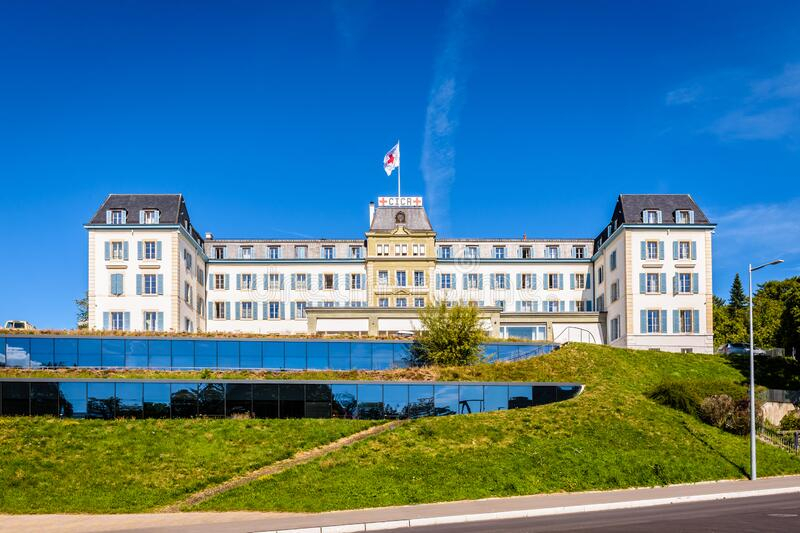
dreamstime.com -
Mountain ranges in Switzerland are perfect and accessible to all. It should come as no surprise that a country with possibly the most reliable transportation infrastructure in the world also makes it relatively easy for travelers to access some of the most magnificent mountain views in the world. From the Jungfraujoch, Europe's highest railway in Interlaken, to the world's highest cable car station in Zermatt, all you need is time to enjoy stunning views. "Knowing when to go is critical," says Swiss Tourism. The optimum time to climb any mountain is early in the day, preferably around mid-morning, before clouds accumulate and hinder vistas." And in Switzerland, you're spoiled for choice. Over 200 mountains rise beyond 3,000 meters, with 24 above 4,000 meters.

istockphoto.com 
tripstodiscover.com -
Switzerland is where the ‘God Particle’ was discovered. Or, at the very least, its existence was established. In the 1960s, a group of scientists, notably British Peter Higgs, proposed the notion of the Higgs boson, a mystical particle considered to be responsible for the mass of other particles. In other words, they are the fundamental building blocks of our cosmos. CERN (the European Organization for Nuclear Research) verified the existence of the Higgs boson, or the 'God Particle,' in 2012, and the world's greatest science experiment has been unraveling some of our universe's biggest secrets ever since. CERN provides free tours of its outstanding facilities as well as its museum. Oh, and its Large Hadron Collider, which shoots proton beams at each other in a loop 100 meters underground, is colder than space. Isn't it cool?

rashidfaridi.com 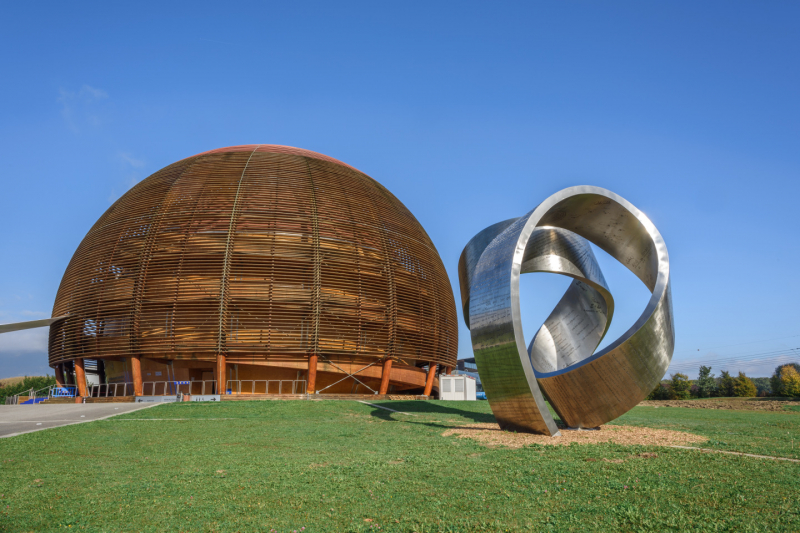
home.cern -
Because only around 1% of Swiss wine is exported, the best and only time to taste a glass is on home land. Switzerland cultivates 240 grape types, the most common of which are pinot noir, chasselas, gamay, and merlot. Chasselas, or Fendant in the German-speaking half of the country, is an indigenous white grape that may be traced back to 12th century Monks and their terraced vines in Lavaux, a UNESCO World Heritage Site.
Swiss wine can be found throughout the country, grouped into six distinct regions: Valais in the Alps, Vaud on Lake Geneva, Swiss-German, Geneva, Ticino on the Italian border, and the Three Lakes of the Jura mountain range. Pair a crisp glass of buttery chasselas with regional cheeses or – even better – a fondue to truly immerse yourself in the Swiss experience.
wikipedia.org 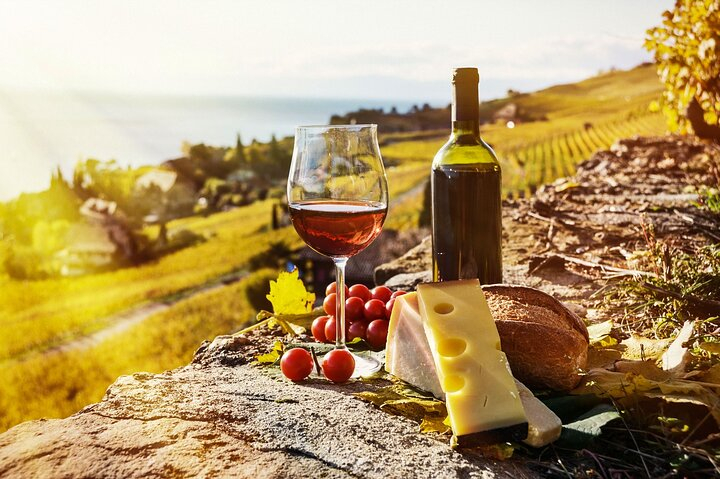
tripadvisor.com -
Switzerland is a major producer and consumer of chocolate in the world. The country is truly the birthplace of the best chocolate in the world. It is not surprising that Switzerland is well-known for its high-quality chocolate brands such as Lindt, Cailler, Toblerone, Nestle, and many others. The country is the world's greatest chocolate exporter, producing roughly 190,000 tons of chocolate per year (40 percent of global chocolate production), with an annual income of approximately 1.8 billion euros. This chocolate is primarily exported to the United Kingdom, Canada, Italy, France, and Germany. But have you ever wondered how much chocolate the Swiss consume? Every year, each person in the country consumes nearly 10 kg of chocolate. In Switzerland, there is also a chocolate train that operates between the Cailler-Nestlé chocolate plant in Broc and Montreux.

dobbernationloves.com 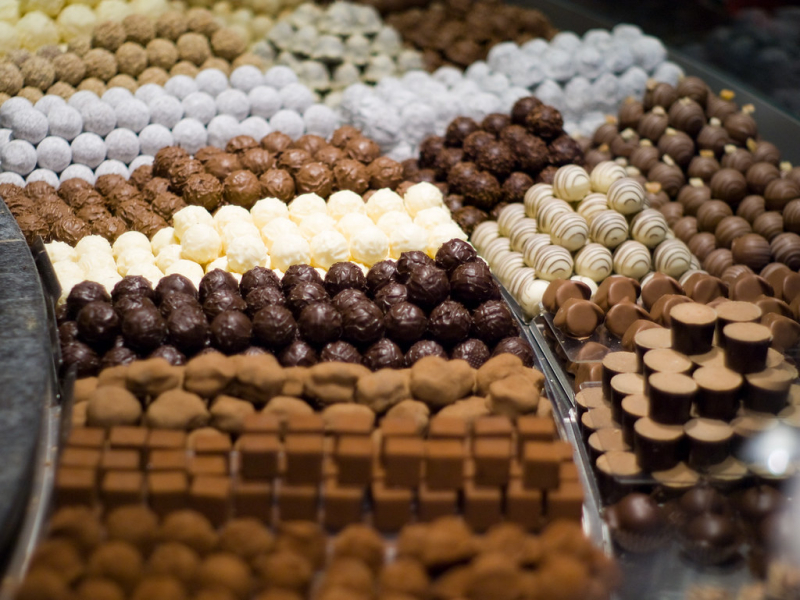
flickr.com -
Switzerland has over 7,000 lakes. For a relatively tiny European country, that's a lot of lakes! Only 103 of these thousands of lakes are larger than 74 acres in size, and they are all fed by the Danube, Rhone, Rhine, and Po river systems. Countless Swiss lakes were produced by receding glaciers, and approximately 1,000 additional lakes have been added to the Swiss Alps as a result of global warming since the end of the Little Ice Age in the mid-19th century.
Swiss lakes are recognized for their beautiful beauty, and many of them serve as outdoor playgrounds, particularly during the summer months when the water is warm enough for swimming. When you visit Switzerland, you will almost likely visit one or more of these breathtaking lakes. To help you decide which lakes to visit, we've compiled a list of the most beautiful lakes in Switzerland, ranked from large to tiny.
studyinginswitzerland.com 
arzotravels.com -
The Swiss love to drink! Swiss drinking culture dates back centuries and has quite a reputation. In his commentary on the Swiss in 1601, French diplomat Daniel L'Ermite stated, "Drinking is their passion, their delight, and their greatest expenditure." They drink together, bargain together while drinking, and even settle the most essential business [while drinking]". In fact, "to drink like a Swiss" was a popular expression in the 17th century.
According to recent data, they consume more than 35 liters of wine, 56 liters of beer, and 8.5 liters of pure alcohol every year. This data really reveals that total consumption has fallen in comparison to previous years. As a result, around 1,550 alcohol-related deaths occur in Switzerland each year. Some are the consequence of an accident, while others are the result of the long-term effects of alcohol on the human body. According to Swiss Addiction Monitoring, there are about 240 thousand alcoholics in the country, accounting for 3% of the population.

xpatica.com 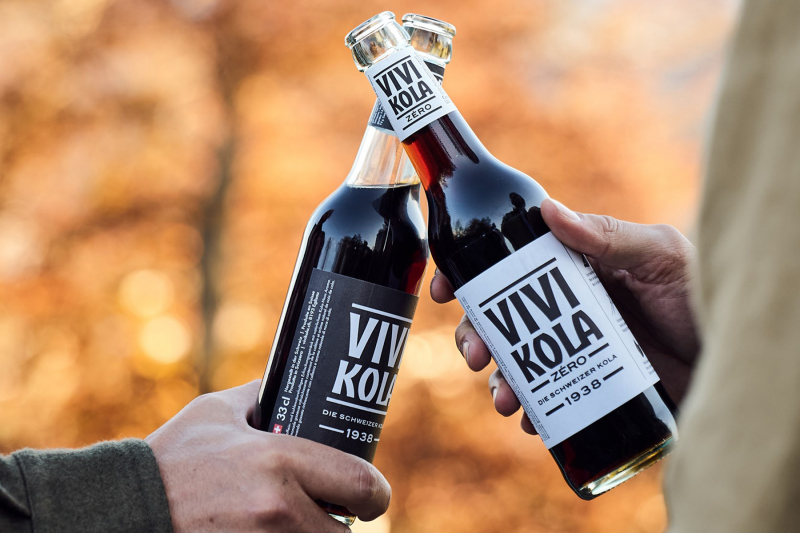
xpatica.com































